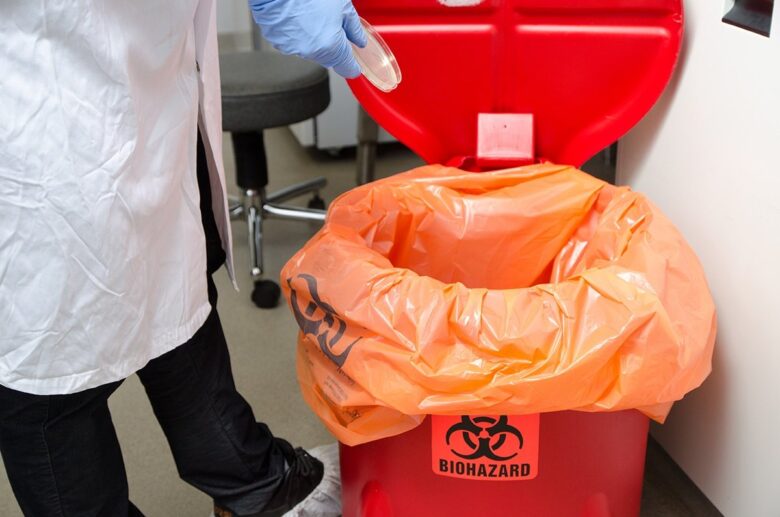The essence of healthcare lies in saving lives and healing. Medical waste management is one of the most overlooked concerns in the field of healthcare. From its generation to disposal, the implications of medical waste have enormous consequences on our community and population. In this blog, we will research the definition of medical waste, its types, and management practices.
What is Medical Waste?
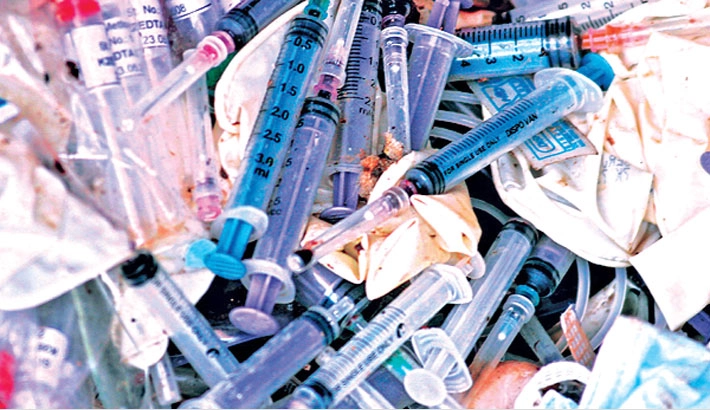
The Medical Waste Tracking Act of 1988 defined it as “the waste produced during medical research, diagnosis, testing, treatment, or immunization of humans or animals.”
It refers to any type of waste material that can potentially cause infection to any person that comes in contact. It includes waste material generated at healthcare facilities like:
- Hospitals
- Dental clinics
- Veterinary clinics
- Physician’s Office
- Diagnostic Laboratories
- Medical Research Centers and Labs
Bacterial or viral cultures, discarded needles, blades, scalpels, cotton swabs, gauze, gloves, gowns, tissue cultures, or any sort of waste material coming from the room of an infectious disease patient is categorized as medical waste.
Medical waste Classification
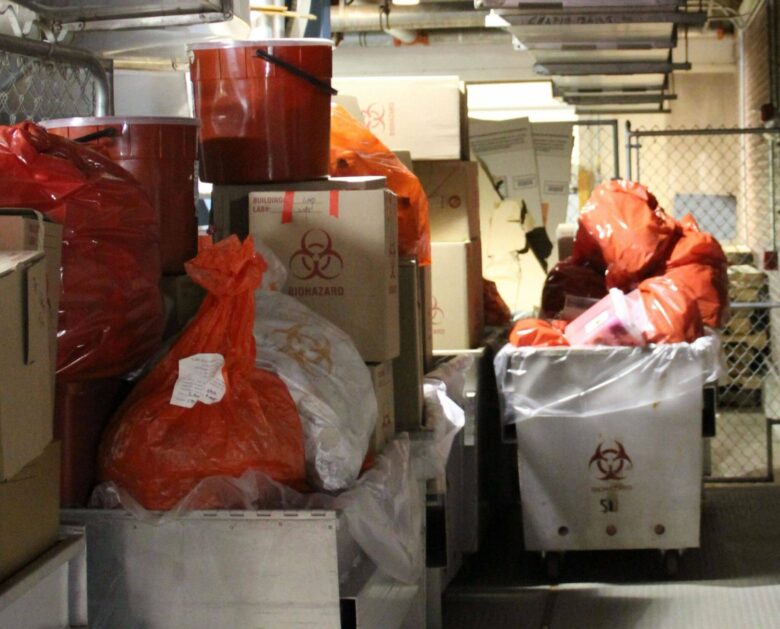
According to the World Health Organization (WHO), various types of medical waste include:
-
Infectious Waste:
It includes materials contaminated with blood, other body fluids, and infectious agents.
-
Pathological Waste:
It includes tissues, organs, body parts, and animal carcasses.
-
Pharmaceutical Waste:
It includes unused, expired, or contaminated medicines, vaccines, and drugs.
-
Genotoxic Waste:
Genotoxic waste or cytotoxic waste includes:
- Mutagenic, teratogenic, or carcinogenic substances
- Metabolites
- Other drugs used in cancer treatment
-
Sharps Waste:
Waste such as discarded syringes, needles, blades, disposable scalpels, etc.
-
Radioactive Waste:
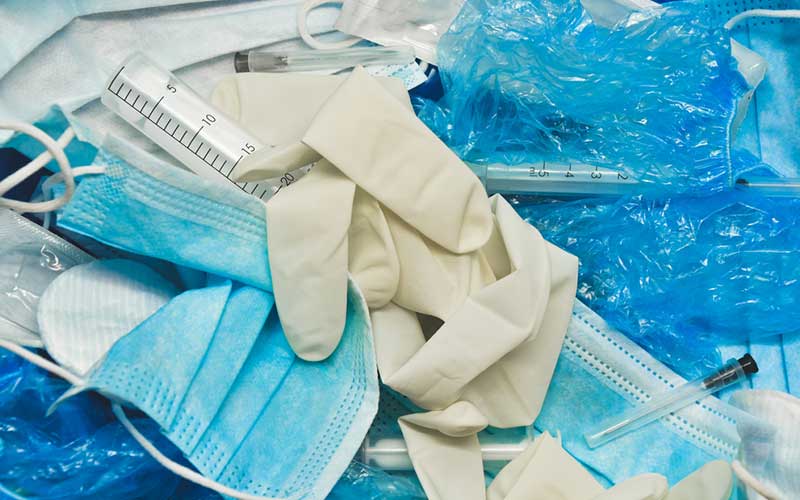
It comprises radioactive materials and radionuclides used in diagnostics or therapeutics.
-
Chemical Waste:
It contains solvents and reagents used in laboratory preparations.
-
General Waste:
General waste that does not pose any biological, physical, or radioactive hazard.
According to Environmental Protection Agency (EPA) medical waste guidance, solid medical waste in the U.S. can be placed into four categories:
-
General Waste:
Around 85% of the medical waste comprises general or non-hazardous waste that is quite similar to typical household waste and does not pose any harm.
-
Hazardous Waste:

It includes medical waste that is harmful but does not contain infectious agents. For example, disposable scalpels, sharps, blades, syringes, etc.
-
Infectious Waste:
Around 15% of the annually produced medical waste is infectious. Infectious waste contains substances that can cause infection, such as body fluids, blood, tissue cultures, etc.
-
Radioactive Waste:
It results from radioactive treatments like chemotherapy and the usage of medical equipment that emits radioactive isotopes.
Medical Waste Management Practices
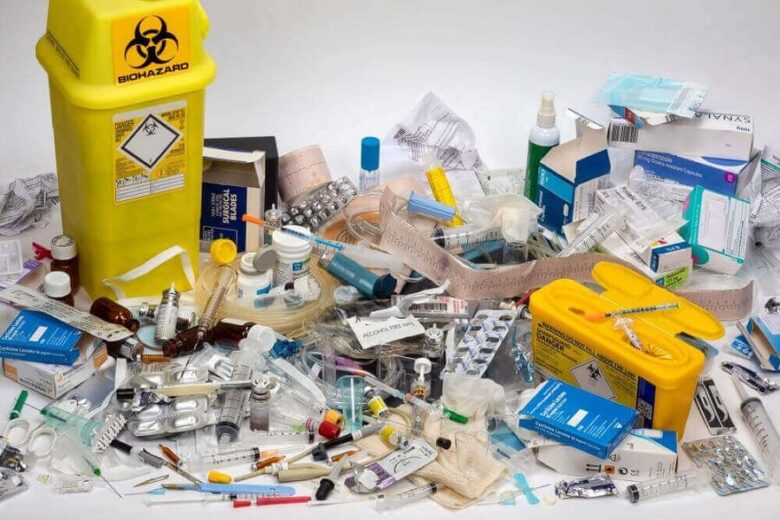
The collected medical waste requires special disposal methods to avoid infection and protect the environment. Common medical waste disposal methods include incineration, autoclaving, microwaving, disinfection, encapsulation, and landfill disposal.
-
Incineration
According to the EPA, incineration was the most popular method of medical waste disposal in the 1990s, and approximately 80% of the medical waste generated annually was incinerated. Changes in EPA regulations introduced other methods of waste disposal. However, even now, incineration is the only method for disposing of pathological waste. Although incineration lowers the volume of the waste and omits pathogens, its harmful effects on the air quality are undeniable.
-
Autoclaving
Autoclaving employs steam under pressure for medical waste sterilization. In this method, we subject the waste to 15 psi pressure at 250°F for at least 30 minutes to kill all types of microorganisms present in the waste. Following this, we dispose of the waste in landfills. Autoclaving also reduces the waste volume, but establishing this setup requires initial investment.
-
Microwaving
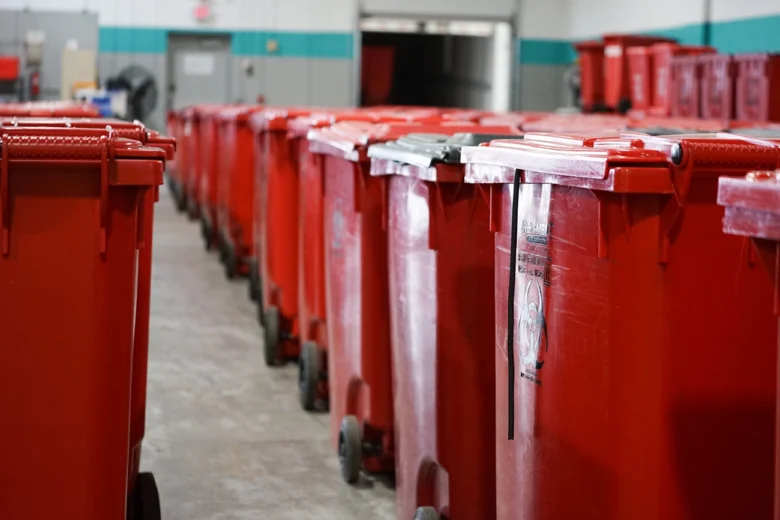
This method heats and sterilizes non-hazardous waste material in high-powered medical equipment using electromagnetic radiation. Then, the waste is either incinerated or disposed of in a landfill. Microwaving kills microorganisms and reduces waste volume but consumes high energy.
-
Disinfection
Disinfection uses chemicals to disinfect or neutralize the substances present in medical waste. You can disinfect the biomedical waste to eliminate pathogens, but take precautions while working with chemicals.
-
Encapsulation
Encapsulation or immobilization involves coating the biomedical waste with chemically inert substances and resist biodegradation. Encapsulation provides a physical barrier and reduces the risk of contamination, but this method is not suitable for all types of medical waste.
-
Landfill Disposal
Medical waste is dumped in landfills specially specified with the intent to protect the environment from contamination. This way of waste removal is cost-effective as it does not need any pre-treatment like autoclaving or incineration. However, the government needs to employ inflexible restrictions for the proper removal of medical waste in landfills to avoid contamination.
Impacts of Improper Medical Waste Management
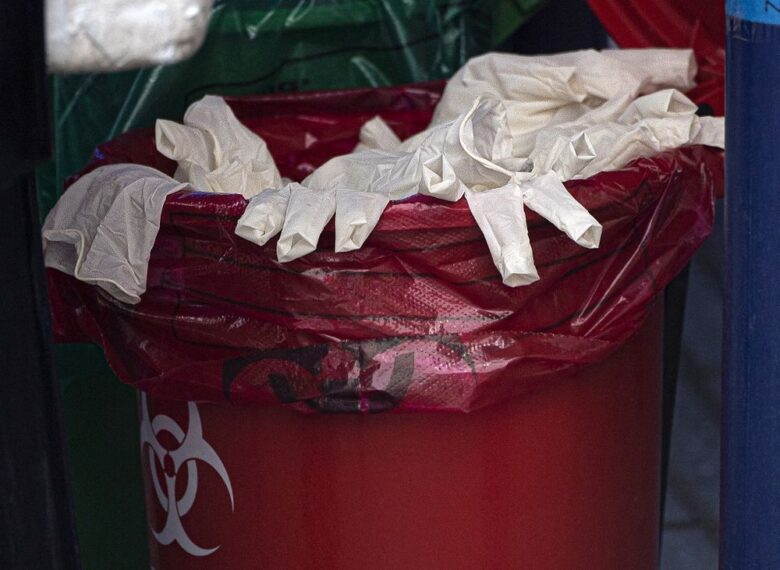
Medical waste, if not disposed of appropriately, can pose harm to the environment and the community. Some major impacts of the improper disposal of medical waste management include:
-
Public Health Hazards:
Improper handling of hazardous biomedical waste can result in serious illnesses like:
- Influenza
- Meningitis
- Hepatitis B and C
- Candida
- HIV
- Streptococcus pneumonia
Unsafe disposal of sharps waste can cause injuries, burns, infections, and even AIDS.
-
Environment Pollution:
Improper disposal of medical waste and inadequate treatment methods can contaminate groundwater resources and pollute the air, thereby disturbing wildlife ecosystems.
-
Emergence of Multidrug-Resistant Microorganisms:
Improper removal of pharmaceutical waste can result in the production of drug-resistant strains of microbes.
-
Legal Implications:
The inability to follow medical waste disposal regulations can put your patient or staff at risk, ultimately resulting in severe lawsuits that can even shut down your medical facility.
Medical Waste Management Recommendations
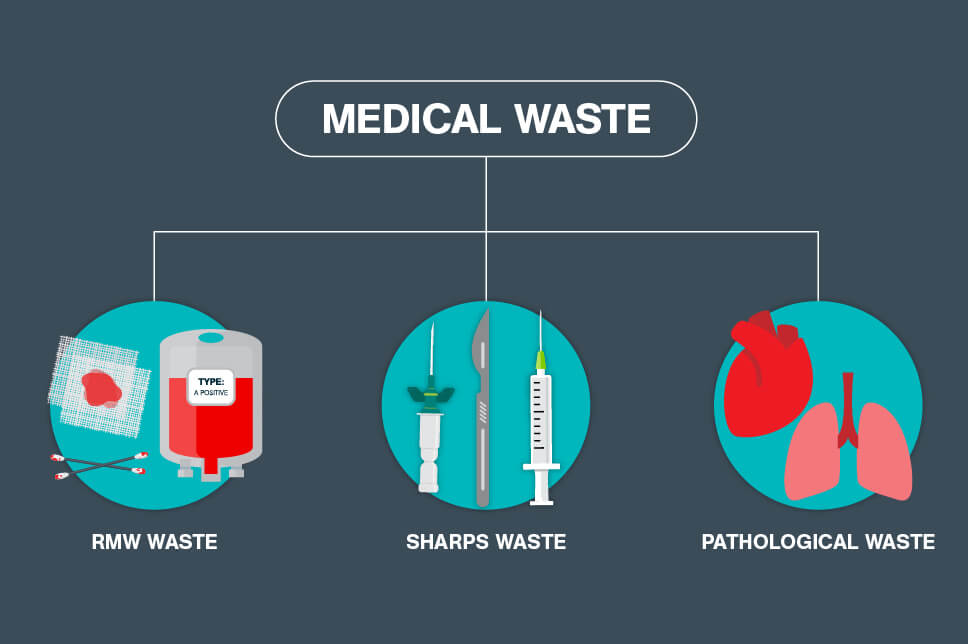
Considering the potential risks associated with inadequate medical waste management, the following are some recommendations to improve waste management in healthcare.
-
Segregation of Waste:
Segregate the hazardous and non-hazardous waste at the source.
-
Staff Training:
Healthcare facilities should provide proper training to their staff on handling, segregating, and disposing of medical waste.
-
Use of Technology:
Adapt to technological advances and find appropriate technologies for autoclaving and incineration to sterilize medical waste and reduce its volume.
-
Appropriate Use of Containers:
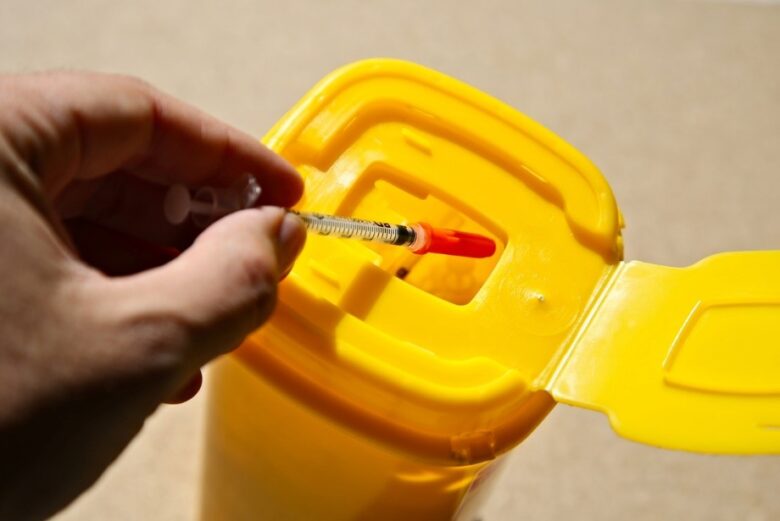
Use specifically designed, leak-proof containers for disposing of each type of medical waste to avoid mixing hazardous and non-hazardous waste.
-
Management of Pharmaceutical Waste:
Follow appropriate guidelines for the disposal of pharmaceutical waste, such as expired medicines, to avoid the emergence of MDR microorganisms.
-
Public Awareness:
Run public awareness programs and campaigns to educate the community about waste management and risks associated with inadequate handling of medical waste.
-
Accountability:
Follow strict rules and regulations for the disposal of medical waste and impose legal charges for non-compliance to ensure accountability.
Conclusion:
Biomedical waste refers to all sorts of waste material generated from any medical facility. It includes infectious, pathological, cytotoxic, radioactive, chemical, pharmaceutical, and general waste. Medical waste management practices include incineration, autoclaving, microwaving, landfill disposal, encapsulation, and disinfection. Understanding the consequences of improper medical waste disposal and implementing regulations for efficient disposal of waste from healthcare facilities is crucial for safeguarding our community from infectious diseases and pollution.

